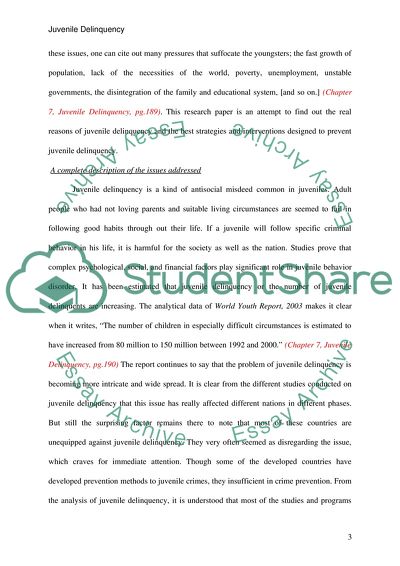Cite this document
(Interventions in Juvenile Delinquency Coursework, n.d.)
Interventions in Juvenile Delinquency Coursework. Retrieved from https://studentshare.org/law/1725331-interventions-in-juvenile-delinquency
Interventions in Juvenile Delinquency Coursework. Retrieved from https://studentshare.org/law/1725331-interventions-in-juvenile-delinquency
(Interventions in Juvenile Delinquency Coursework)
Interventions in Juvenile Delinquency Coursework. https://studentshare.org/law/1725331-interventions-in-juvenile-delinquency.
Interventions in Juvenile Delinquency Coursework. https://studentshare.org/law/1725331-interventions-in-juvenile-delinquency.
“Interventions in Juvenile Delinquency Coursework”. https://studentshare.org/law/1725331-interventions-in-juvenile-delinquency.


